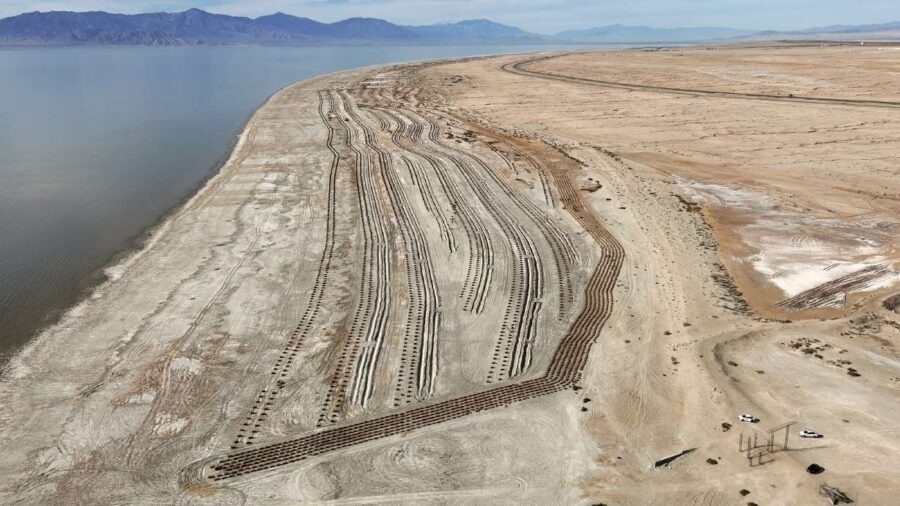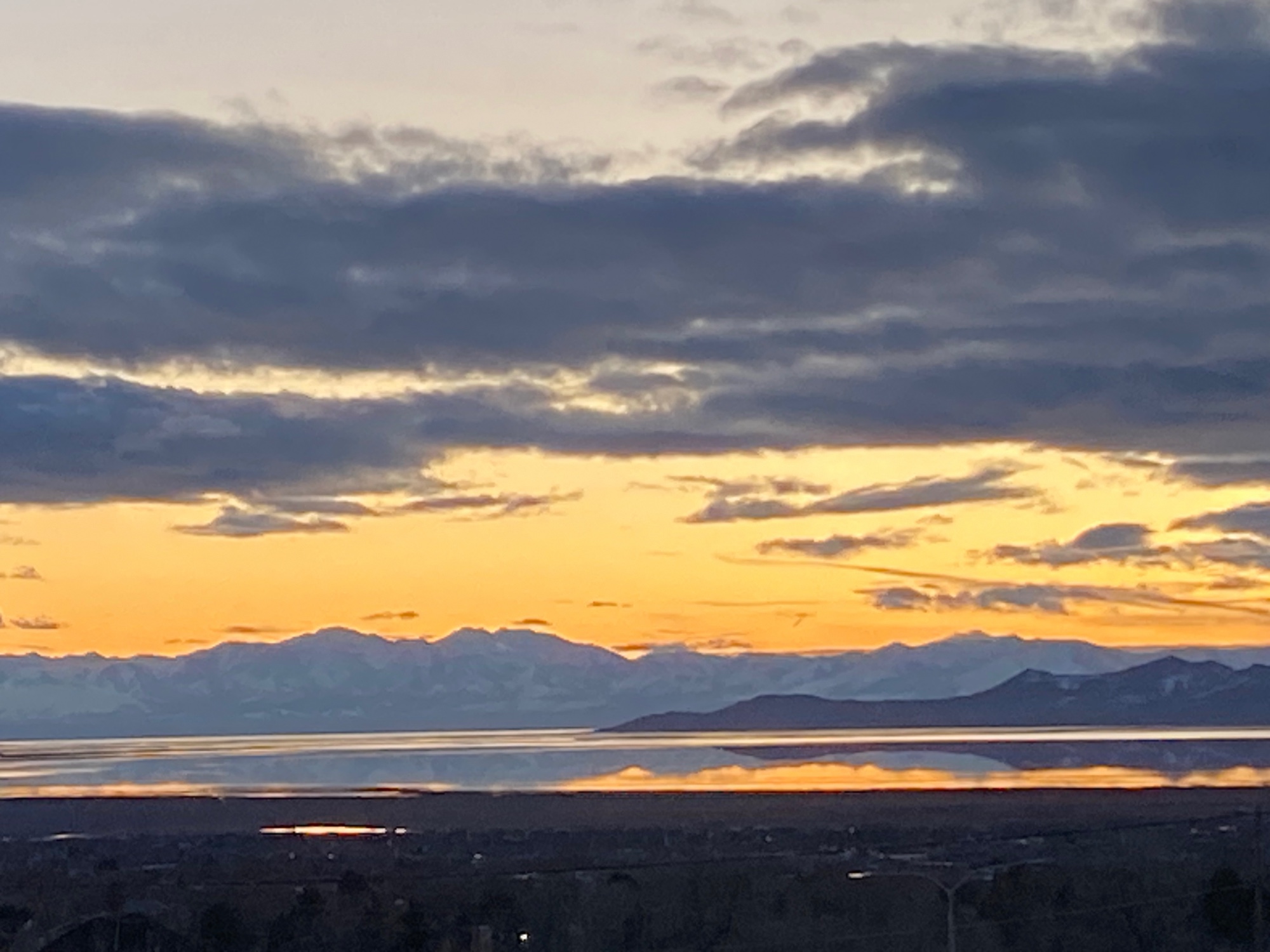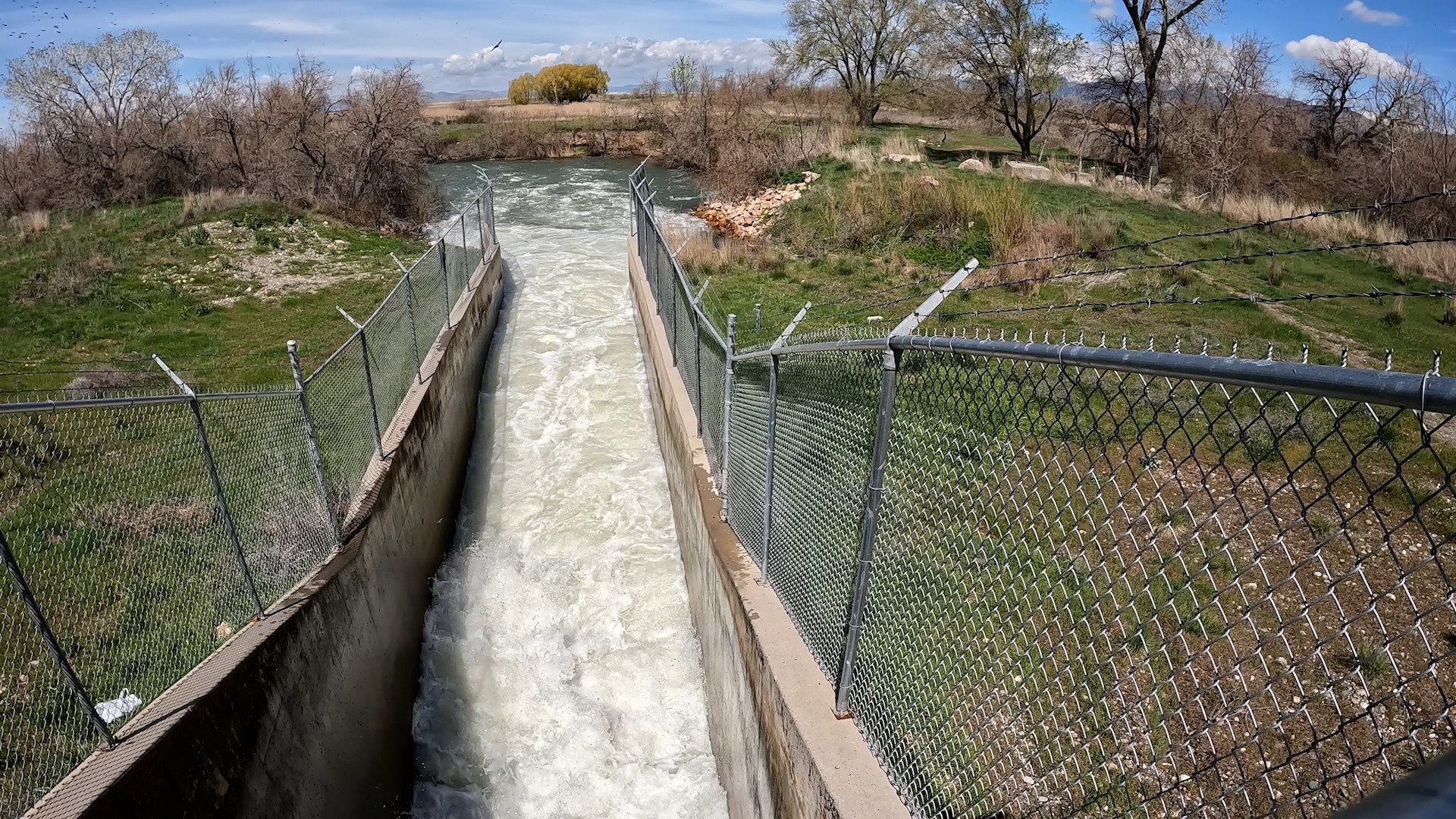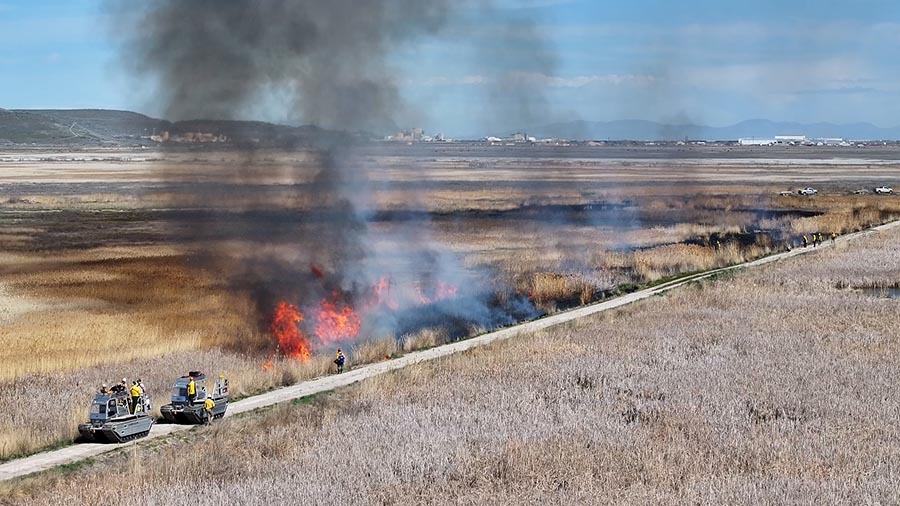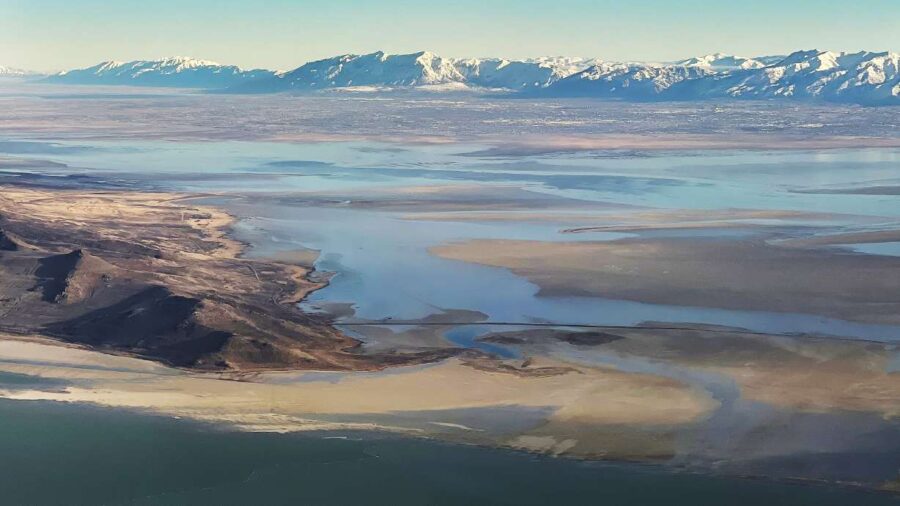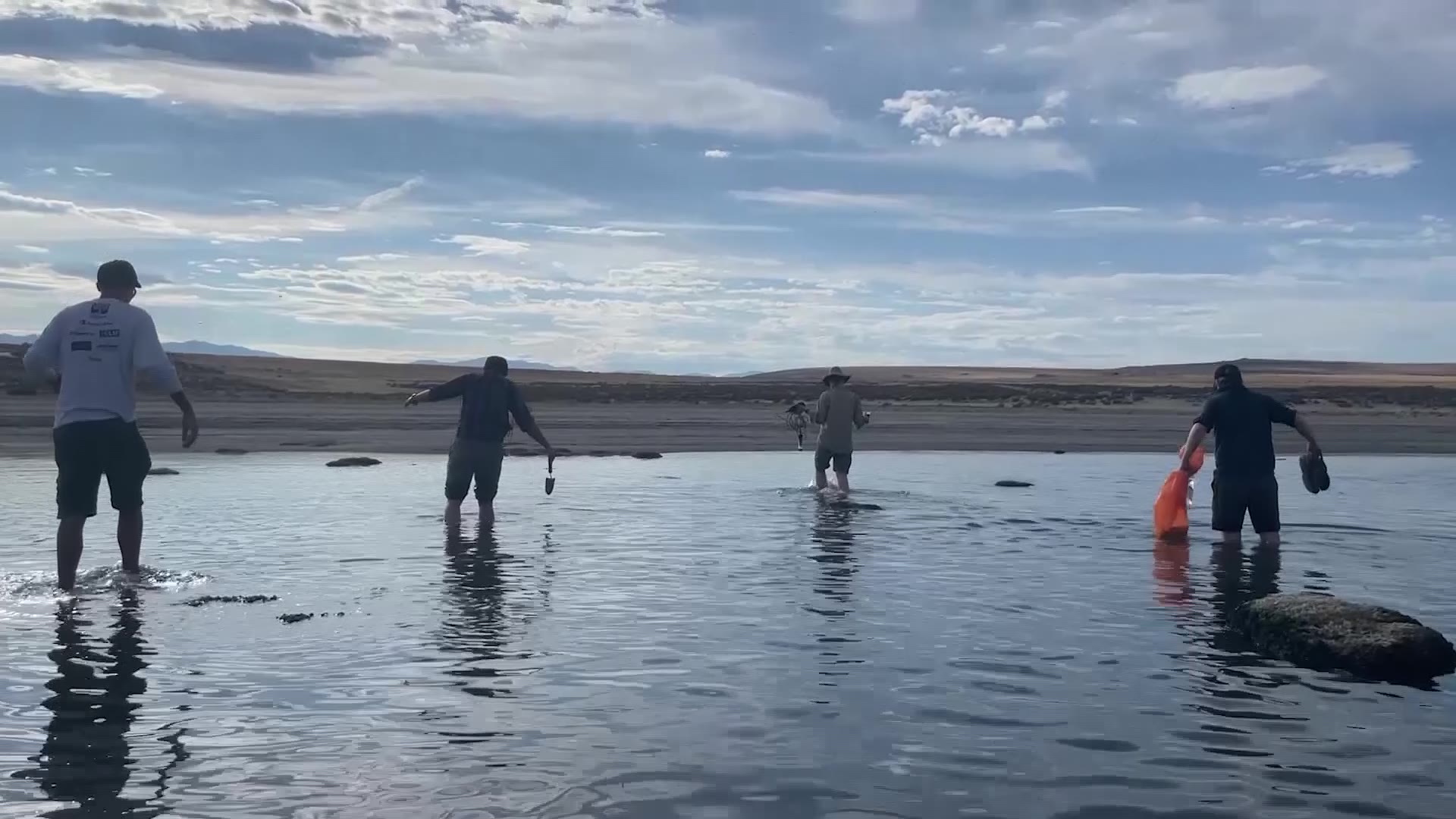‘Sacrifices’ will need to be made from Bear River water supply to help Great Salt Lake
Apr 24, 2024, 7:15 PM | Updated: 8:05 pm
Editor’s note: This article is published through the Great Salt Lake Collaborative, a solutions journalism initiative that partners news, education and media organizations to help inform people about the plight of the Great Salt Lake.
BRIGHAM CITY — Utah’s Bear River has served the Great Salt Lake as one of its largest tributaries. However, 850,000 acres surrounding the river also serve the state’s agriculture and farmland.
Agricultural producers want to ensure their stake in water use is not forgotten while lawmakers discuss the preservation of the Great Salt Lake.
The Bear River and its many uses
The Bear River’s water supply is a finite resource, and in less plentiful years in the future, how the state chooses to use it will be critical.
“Thirty-nine percent of the inflow of the Great Salt Lake, in 2021 was attributed to the Bear River,” said Nathan Daugs, manager of the Cache Water District.
After a comprehensive study of water use and the economic impact of the Bear River, stakeholders feel it’s important to have a clear picture of where it all goes.
“We produce a lot of (agricultural) product that’s used in the Intermountain West and in the states around us. And so we see that as a value asset that we don’t want to lose,” Daugs said.
He said they also want to be part of the solution. So it’s a difficult balance.
“Agriculture and other related jobs around the Bear River is 11,000 jobs, which is another $400 million in salary and wages, which is big for our smaller rural communities,” he said.
Plus, crops produced in the Bear River Basin, that extends to parts of Idaho and Wyoming, bring an estimated $510 million in revenue each year.
Where to cut resources?
As more difficult years come, Daugs said agricultural producers know sacrifices will need to be made. He believes that the study’s data will help determine where those sacrifices could viably come from and what could be lost.
“That’s going to have to be one of the pieces of the puzzle, is working with agriculture and giving them a seat at the table and saying, ‘You know, we value what you produce. Here it is,'” Daugs said.
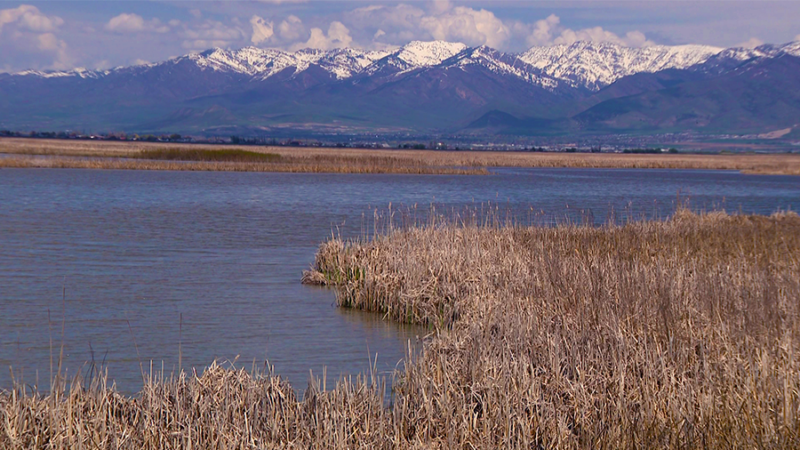
The Bear River in Utah pictured on April 24, 2024. (KSL TV)
Much of the study was done so producers can show lawmakers as the discussions for water distribution come up. Daugs said it may mean efforts from upstream in Idaho and Wyoming can help.
“(Agricultural producers) are on board,” he said. “You know agriculture is not against working to be part of the solution.”
Dust from Great Salt Lake helps algal blooms thrive, study finds


